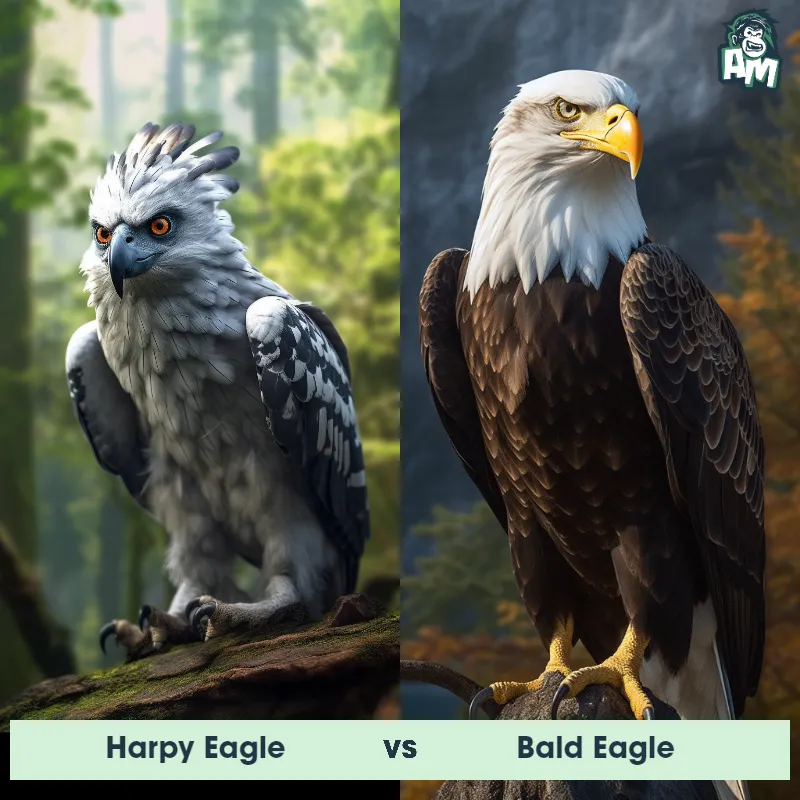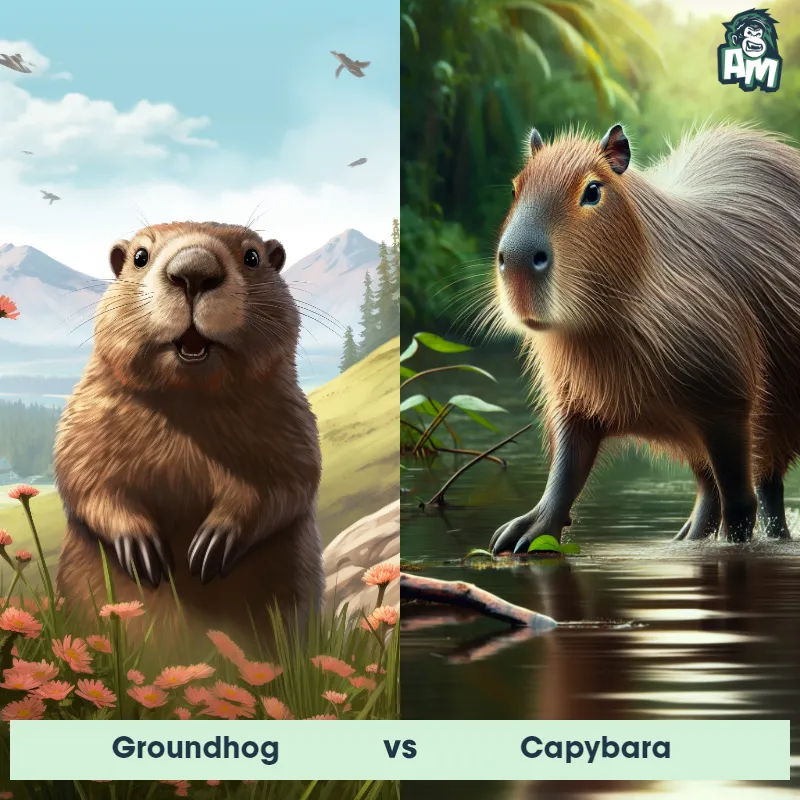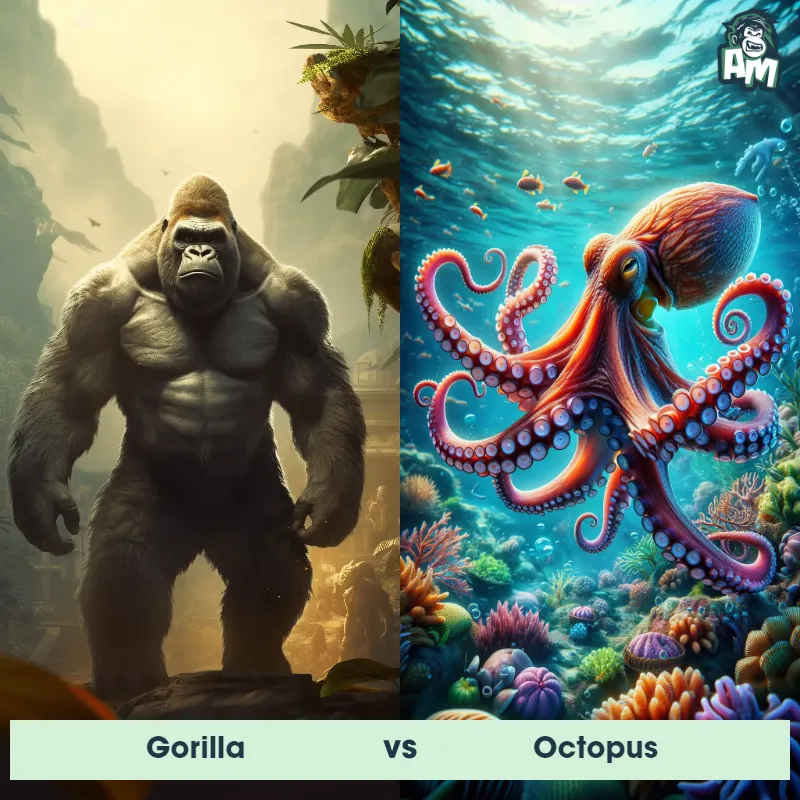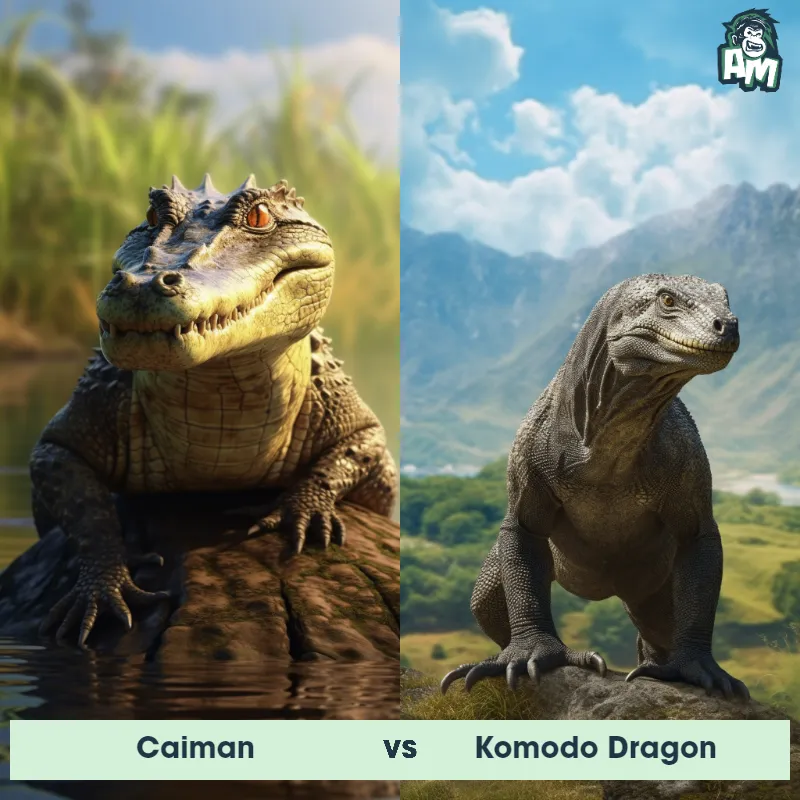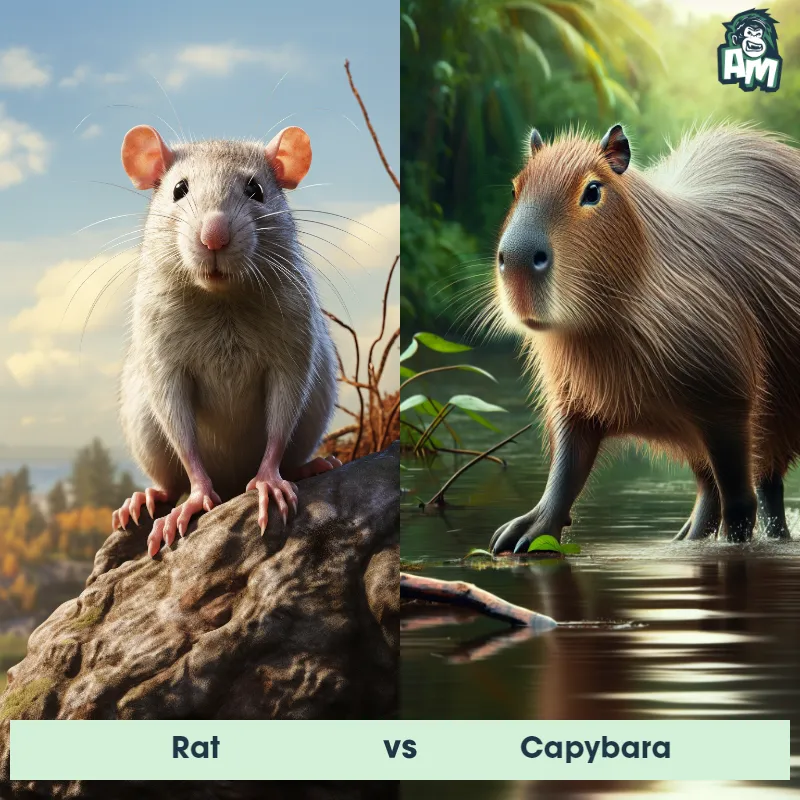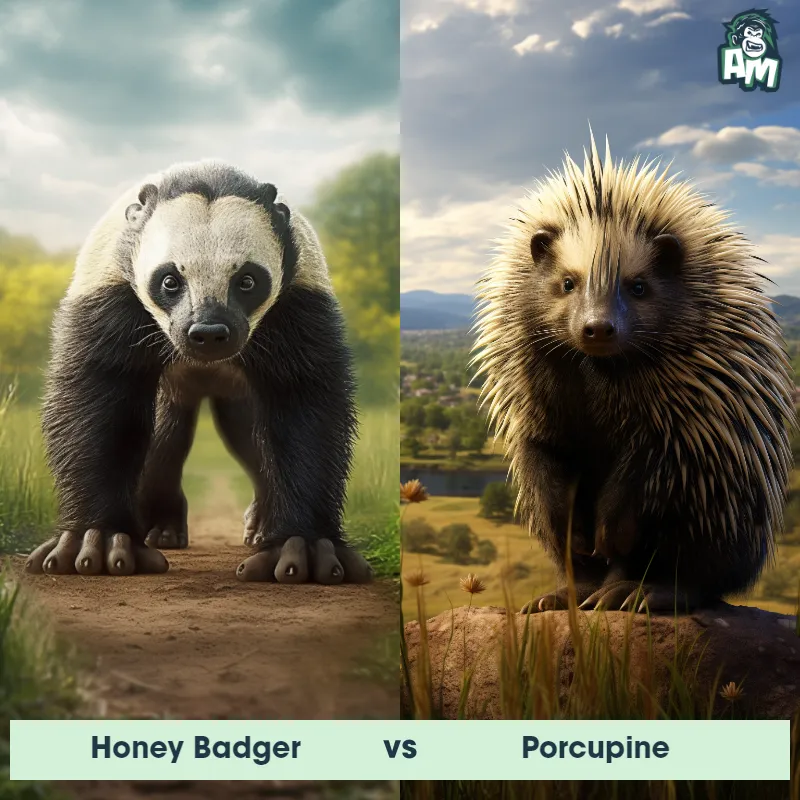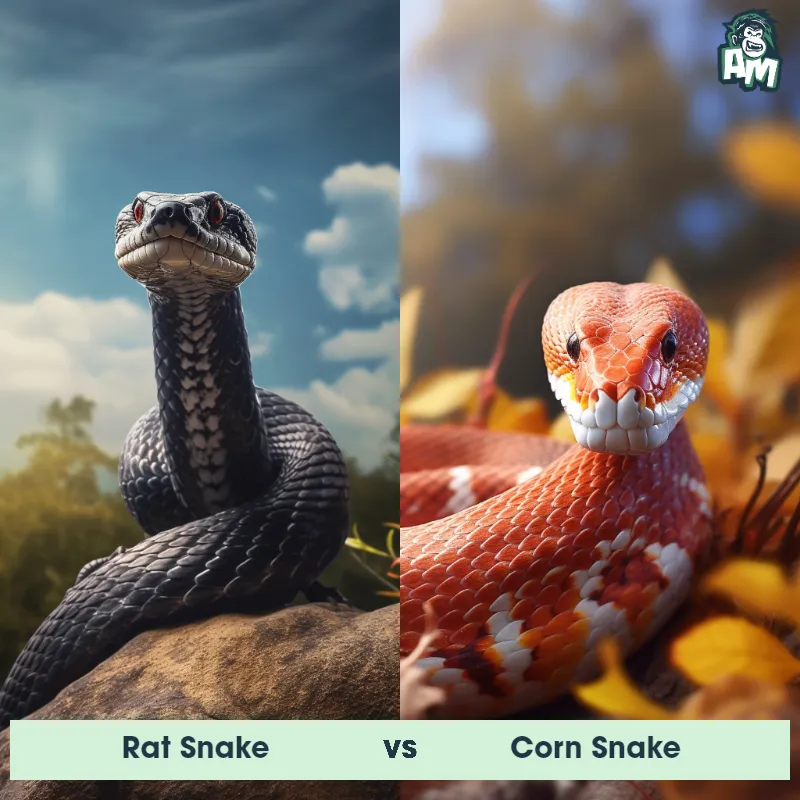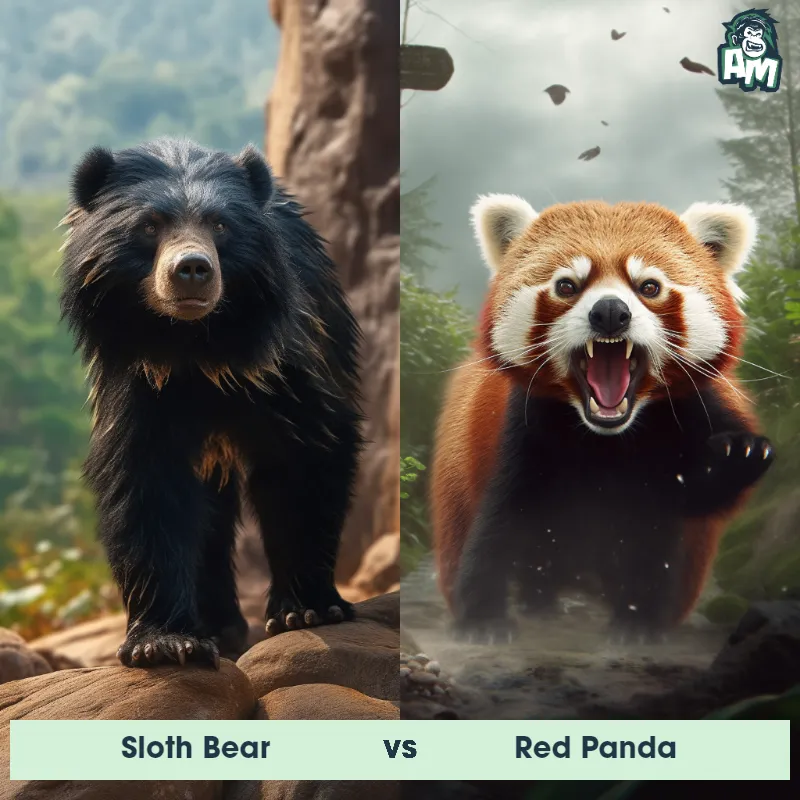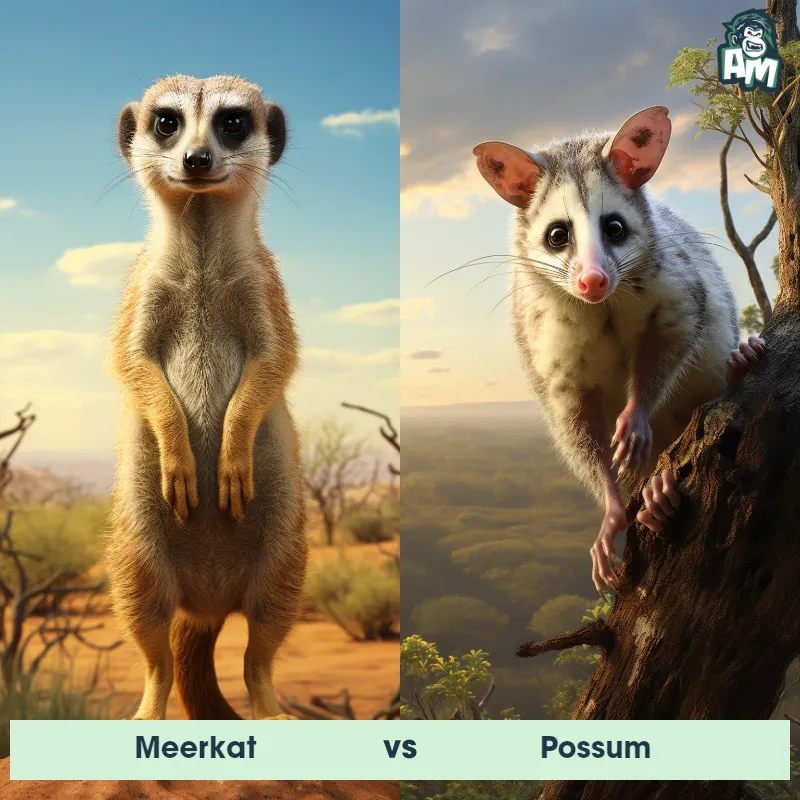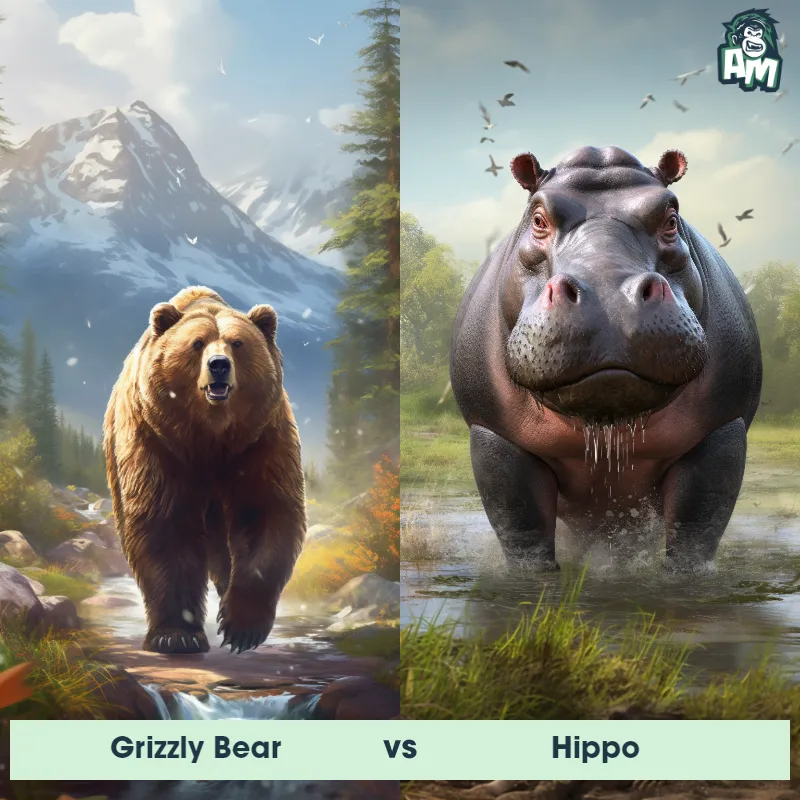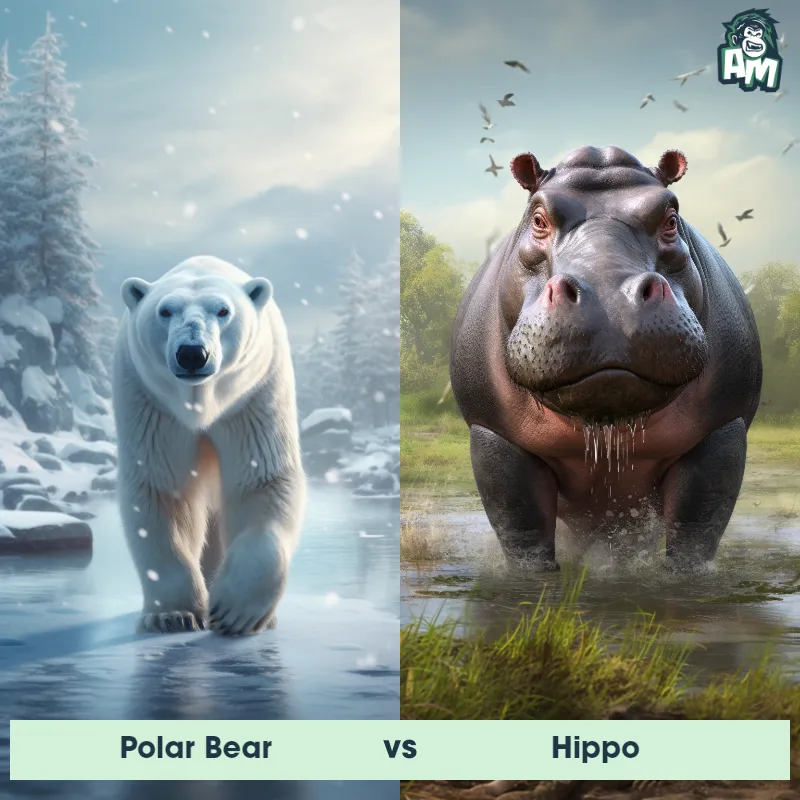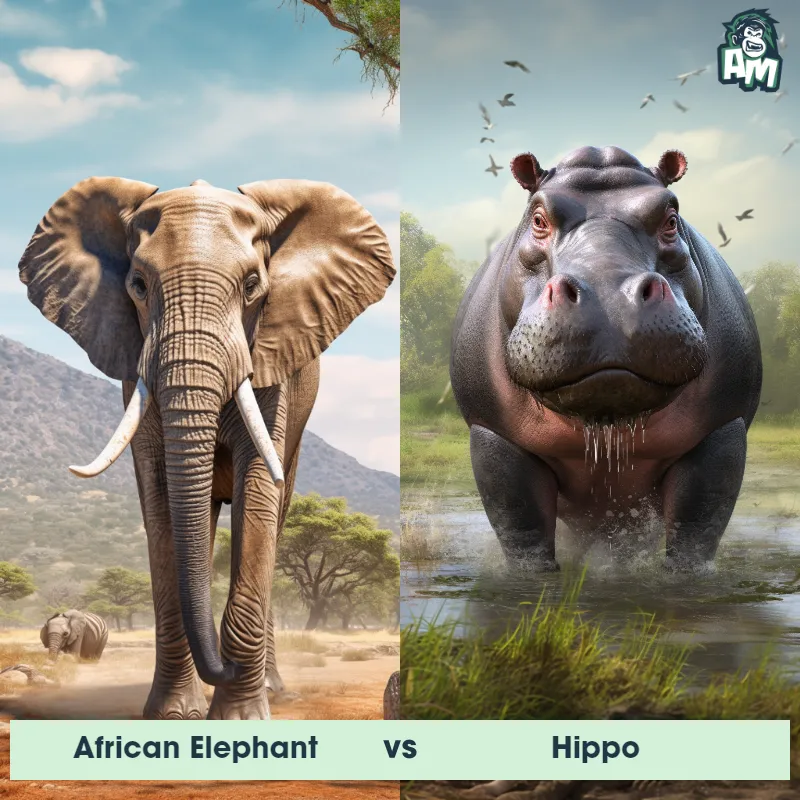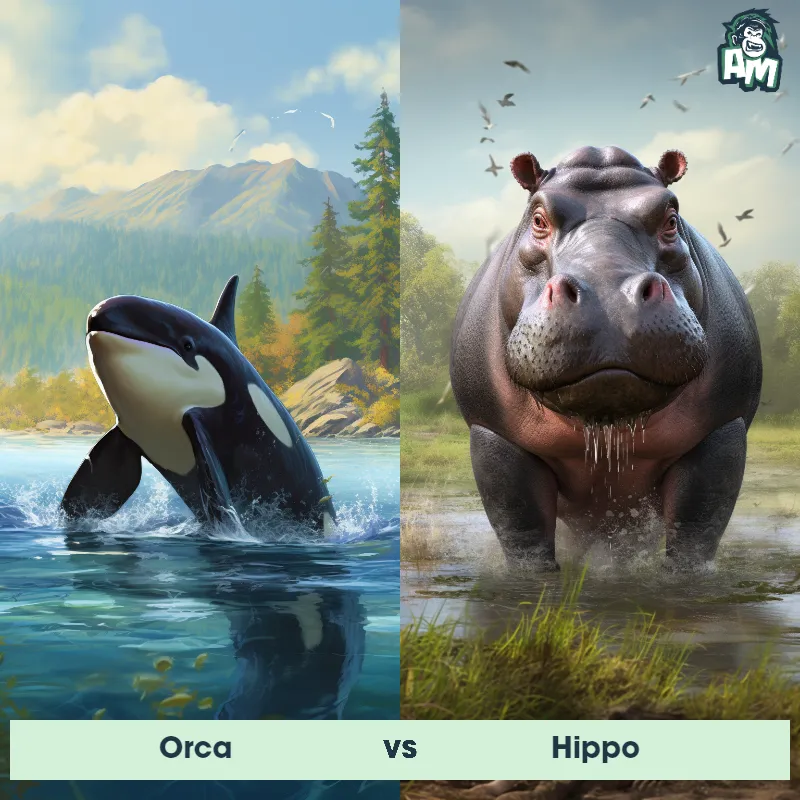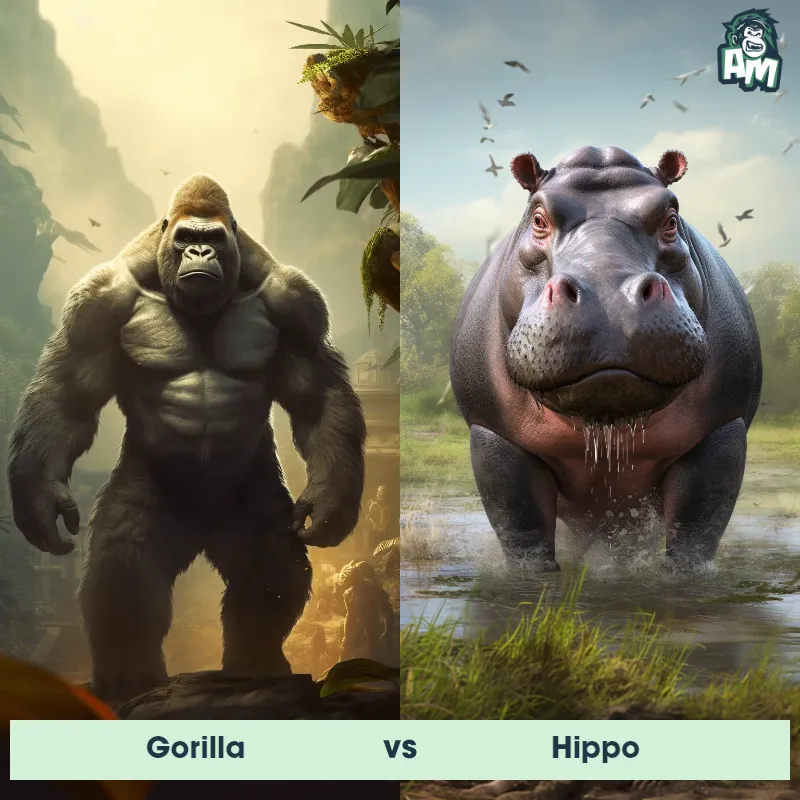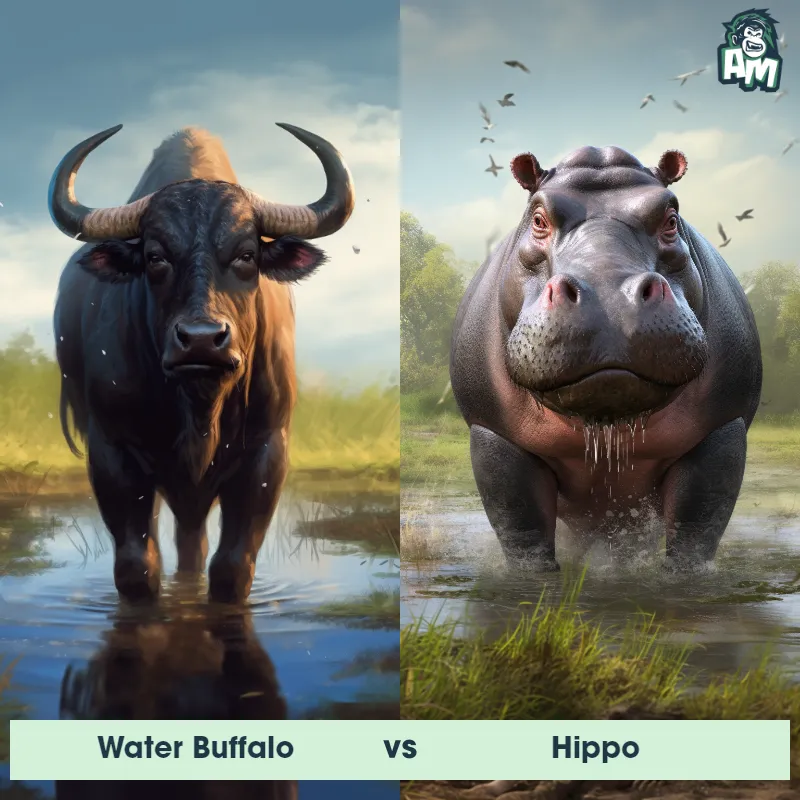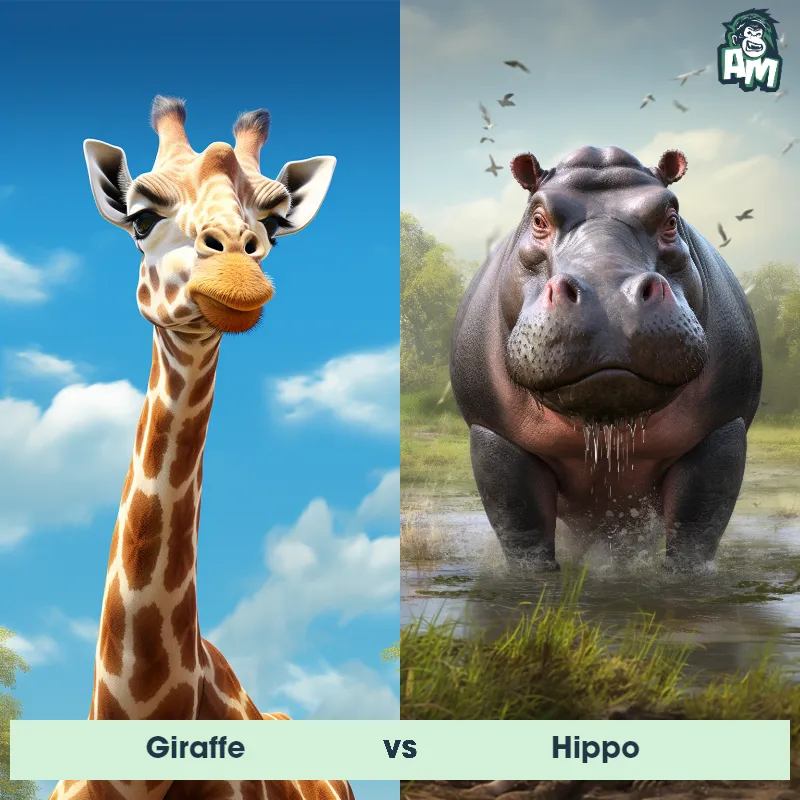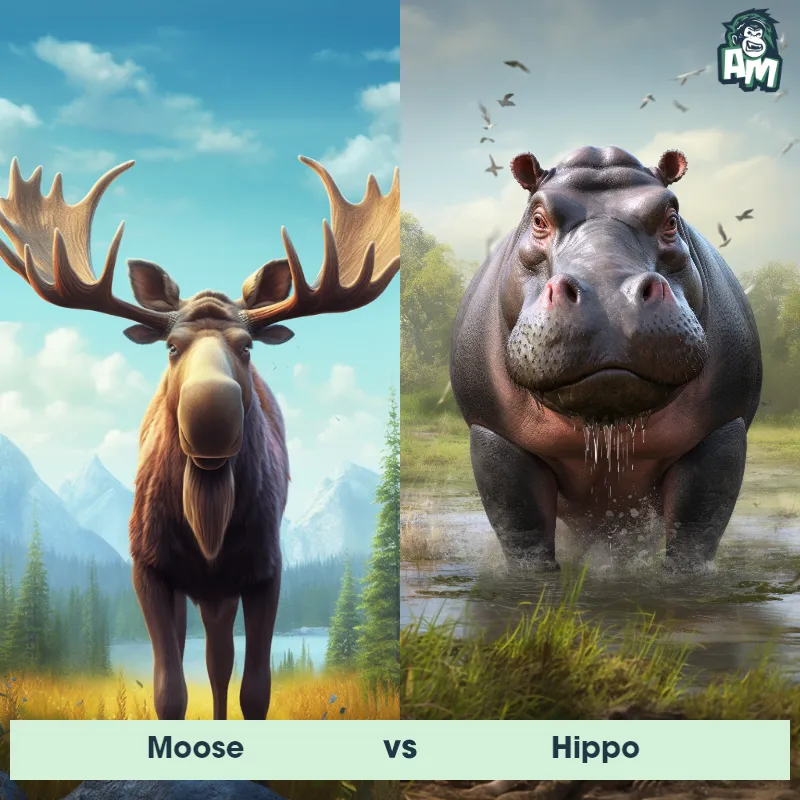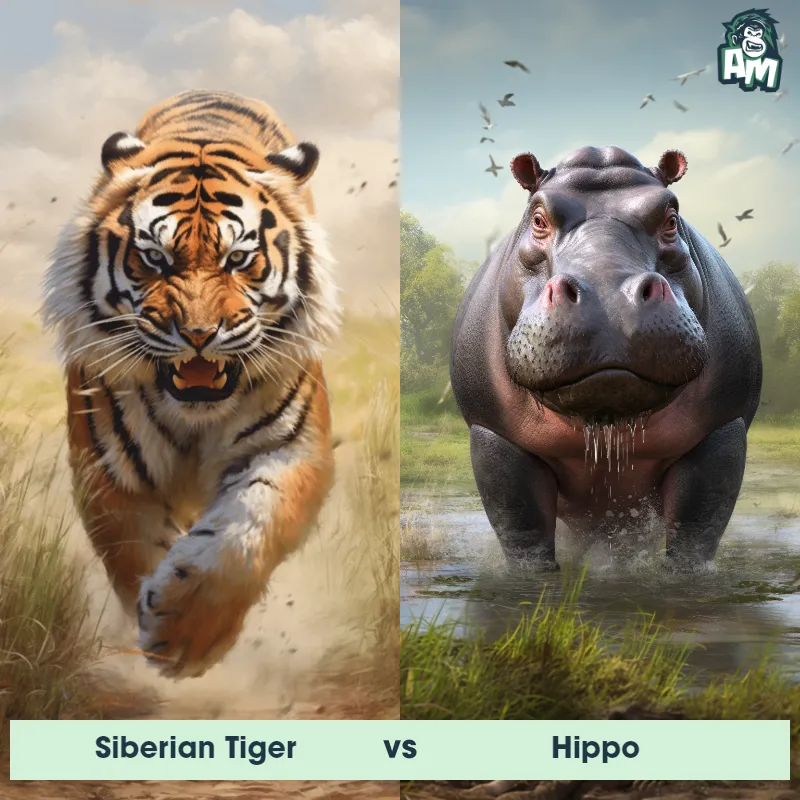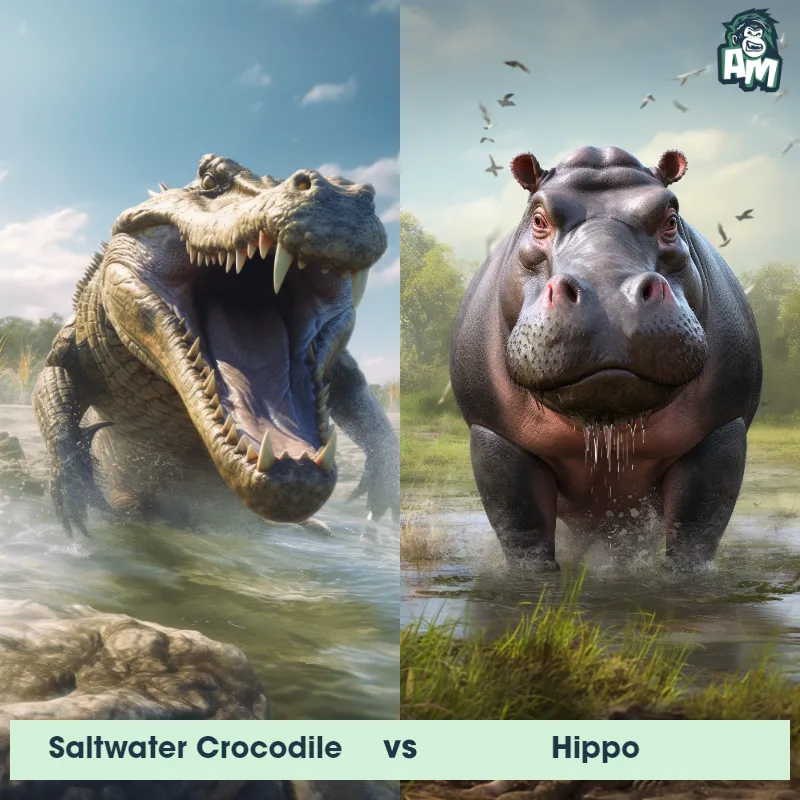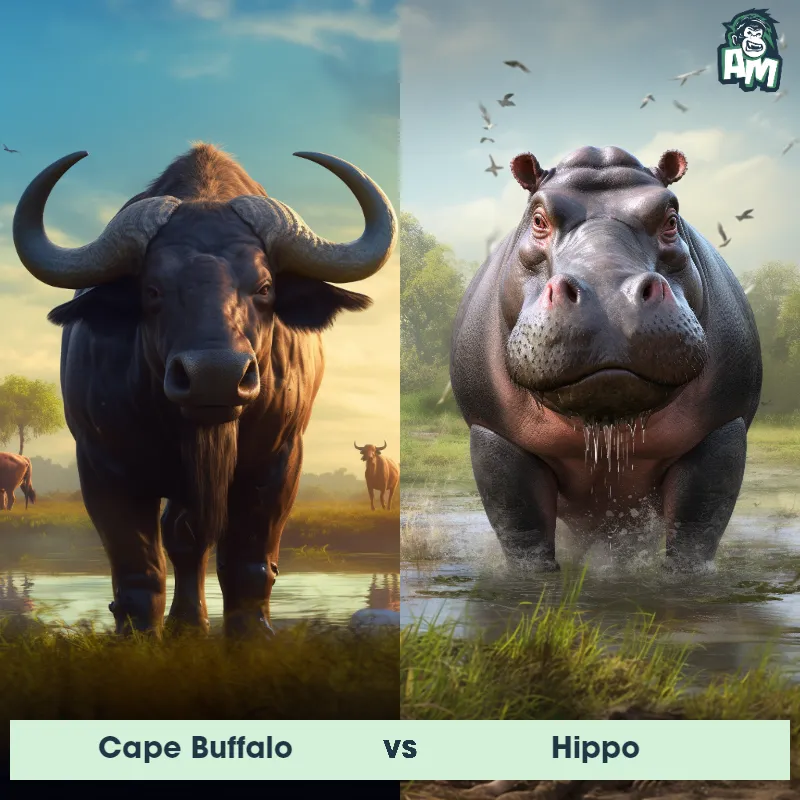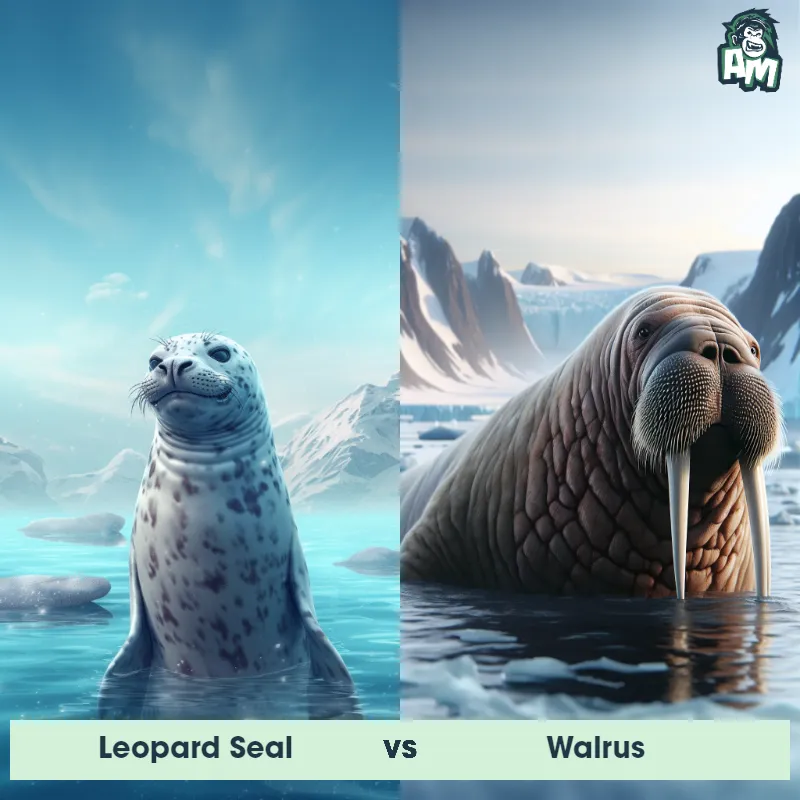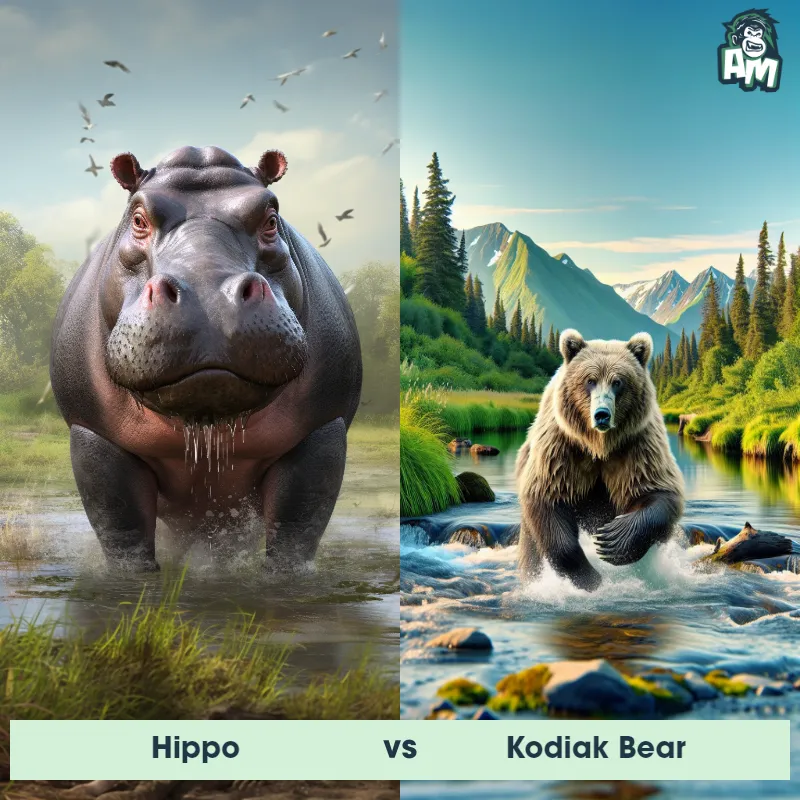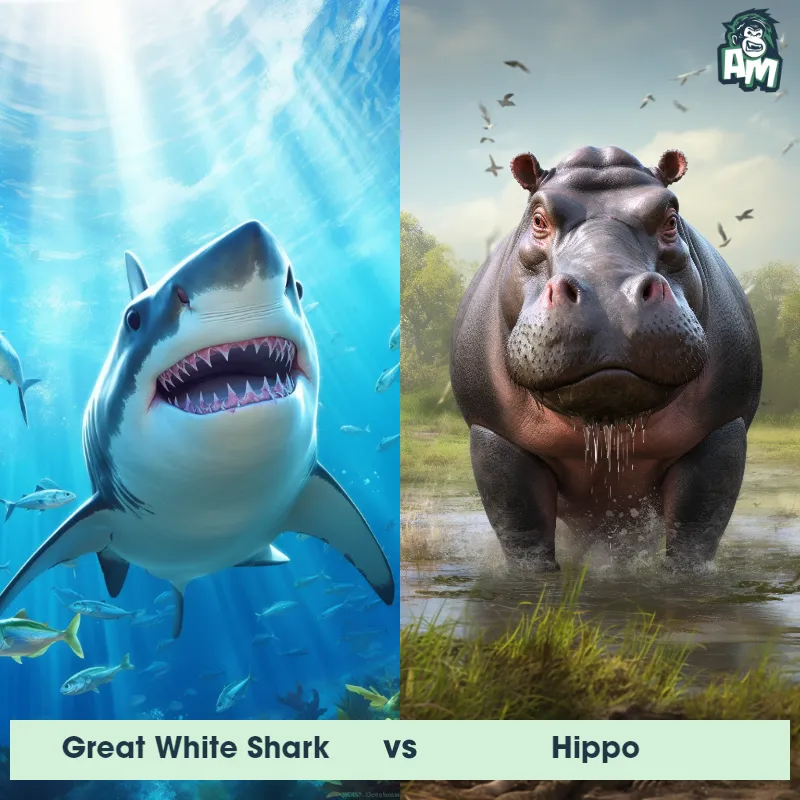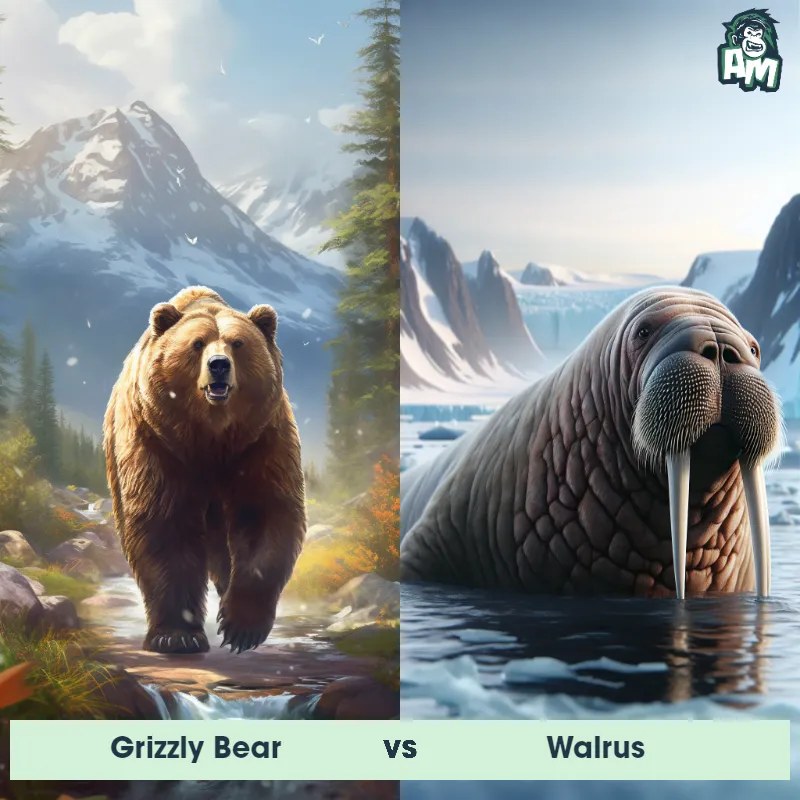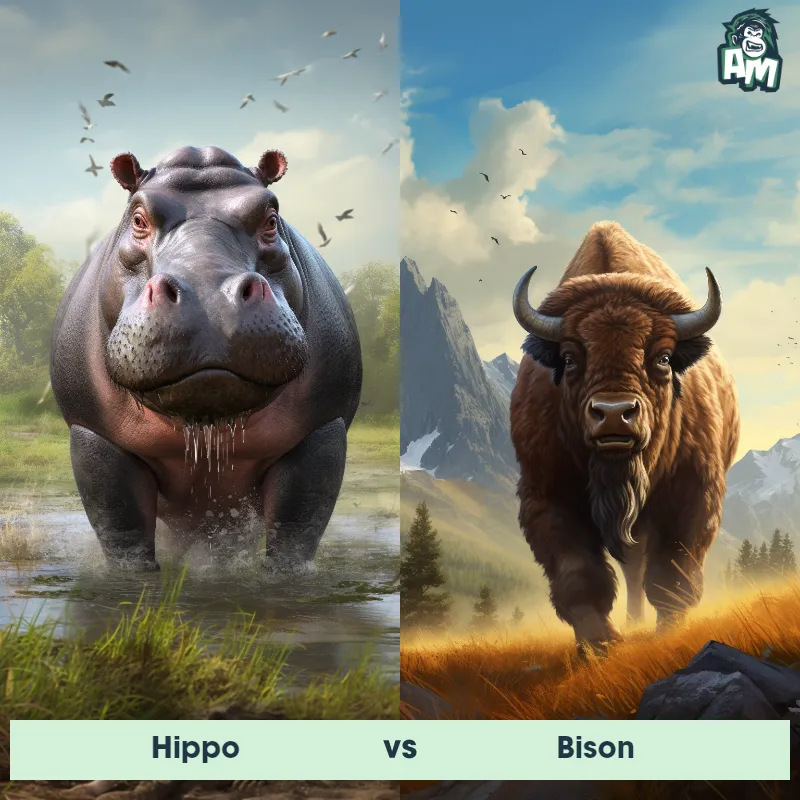Walrus vs HippoSee Who Wins

Ladies and gentlemen, welcome to this electrifying matchup between two giants of the animal kingdom! We're here at a thrilling arena where nature's finest specimens will go head-to-head in a fierce contest of strength, agility, and wit. Tonight, we have a showdown for the ages as a mighty walrus faces off against a formidable hippo. Get ready for an unforgettable battle of the beasts!
Contender 1: Walrus
The Walrus, also known as Odobenus rosmarus, is a large marine mammal that can be found in the Arctic Ocean and subarctic regions. They have a thick layer of blubber that helps them stay warm in cold waters, and their long tusks are used for defense, cutting through ice, and helping them climb onto ice floes. Walruses have a distinctive appearance with their wrinkled skin, whiskers, and flippers that are used for swimming and maneuvering on land.
Fun Fact: Walruses can hold their breath for up to 30 minutes while diving for food, which can include clams, mussels, and other shellfish.
Contender 2: Hippo
The hippopotamus, often simply referred to as the hippo, is a large, mostly herbivorous mammal native to sub-Saharan Africa. With a barrel-shaped body, short legs, and a massive head with a broad, round snout, the hippo is the third-largest land animal after the elephant and rhinoceros. Hippos spend most of their day in the water or mud to keep their skin moist and protect it from the sun. Despite their bulk, hippos are excellent swimmers and can run surprisingly fast on land.
Fun Fact: Hippos secrete a natural sunscreen in the form of an oily red substance, which earned them the nickname "blood sweat," although it is neither blood nor sweat.
Matchup Stats
| Walrus | Hippo | |
|---|---|---|
| Size | Up to 11 feet (3.3 meters) in length | 5 feet tall at shoulder, 13 feet long (1.5 meters tall at shoulder, 4 meters long) |
| Weight | Up to 3,700 pounds (1,678 kilograms) | 3,000 to 4,000 pounds (1,400 to 1,800 kilograms) |
| Speed | Speed: 15 mph (24 km/hr) | 19mph (30km/h) |
| Key Strength | Tusks used for defense and dominance during mating season | Powerful jaws with large teeth |
| Biggest Weakness | Slow movement on land | Poor eyesight |
Current Votes
Walrus vs Hippo
See Who Wins
View More Matches
Looking For More?
Similar Matches
Scientific Stats
| Walrus | Hippo | |
|---|---|---|
| Scientific Name | Odobenus rosmarus | Hippopotamus amphibius |
| Family | Odobenidae | Hippopotamidae |
| Habitat | Arctic Ocean and subarctic regions | Rivers, lakes and swamps |
| Geography | Northern Hemisphere | Sub-Saharan Africa |
| Diet | Clams, mussels, and other shellfish | Herbivorous, primarily grasses |
| Lifespan | 40 years - 50 years | 40 years - 50 years |
Key Differences between Walrus and Hippo
- Aquatic adaptations: Walruses are well-adapted for swimming with a streamlined body, flipper-like limbs, and the ability to close their nostrils underwater. Hippos, despite being semi-aquatic, are better adapted for life on land and have a more cumbersome and less graceful mobility in water.
- Physical appearance: Walruses have elongated canine tusks, both in males and females, which are not present in hippos. Hippos, on the other hand, have large mouths with sharp incisors and canines, adapted for herbivorous feeding.
- Body shape: Walruses have a bulky, barrel-like body shape with a rounded dome-like head and short limbs. In contrast, hippos have a more streamlined, barrel-shaped body with a large, square-shaped head and their limbs are proportionally longer.
- Coloration: Walruses possess a thick layer of blubber and a distinct wrinkled pinkish or reddish-brown skin, often covered with patches of algae or barnacles, giving them a more speckled appearance. Hippos have a thick grayish skin, sometimes appearing almost hairless, with smoother texture and less prominent markings.
- Size: The Walrus is generally smaller in size compared to the Hippo, with adult walruses reaching lengths of about 10 to 12 feet and weighing around 1 to 2 tons, while adult hippos can grow up to 13 to 16 feet in length and weigh between 4,000 to 7,000 pounds.
- Habitat: Walruses live primarily in the Arctic region, inhabiting coastal areas and spending a significant amount of time in the ocean, while Hippos are found in sub-Saharan African countries, preferring freshwater habitats such as rivers, lakes, and swamps.



